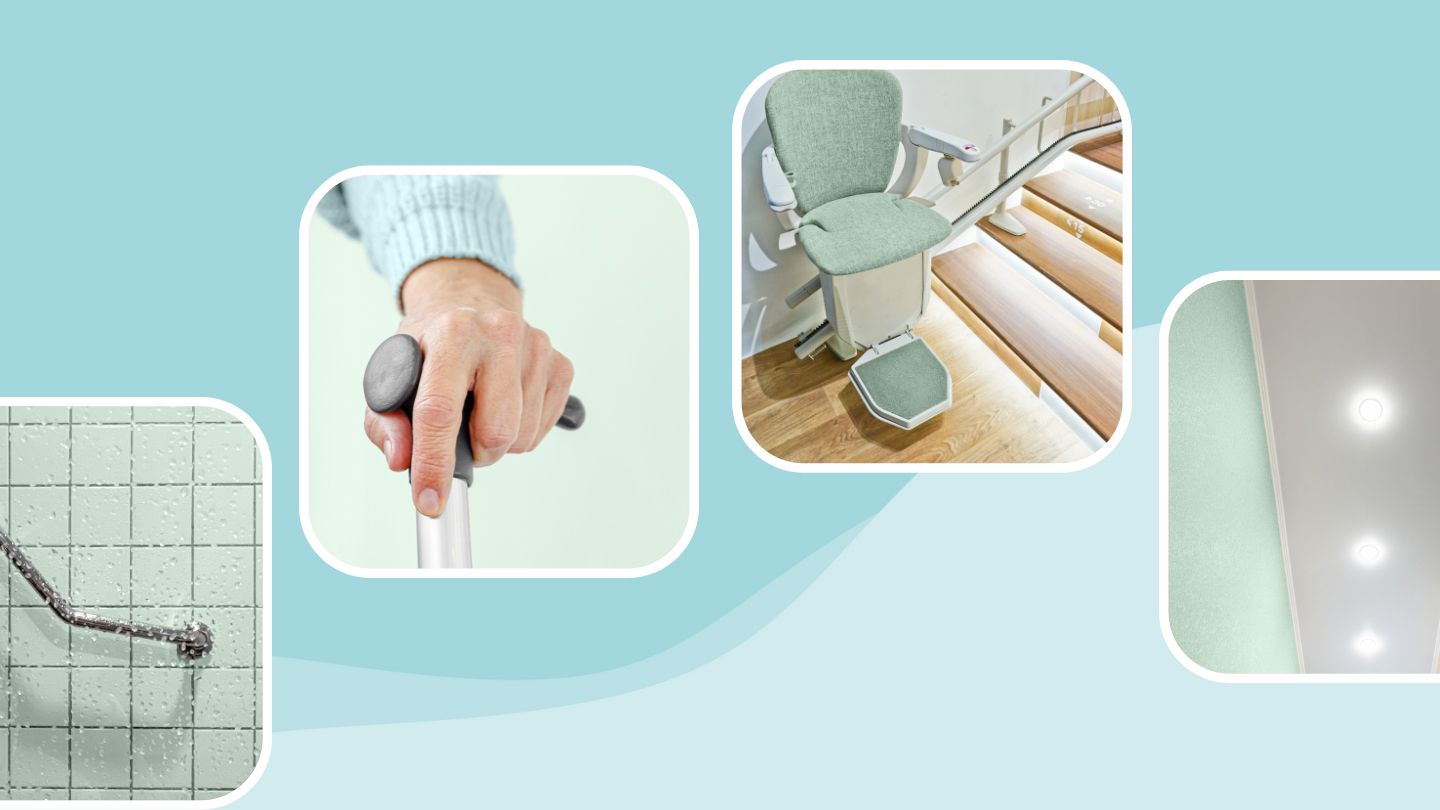Setting up your home with comfort, convenience, and safety in mind can help you live well with SPMS.
Consider these tips, which range from simple changes to comprehensive modifications:
1. Clear Walkways
Remove clutter and other tripping hazards — laundry baskets, shopping bags — from hallways and other areas you frequently pass through.
2. Adjust the Location and Height of Your Furniture
Arrange your furniture so there’s enough space to easily move around it. Consider getting adjustable chairs that allow you to sit comfortably with your knees bent at a 90-degree angle and feet flat on the floor. You can also add risers to chairs and tables to make getting up and down less strenuous.
Many sofas are too deep or low for people with MS, so you can also bolster yourself with cushions or pillows, or place a layer of thick foam under the sofa cushions to make mobility transfers easier.
3. Place Mobility Devices Around Your Home
Keep mobility devices, such as canes, around your home in places where you may need the extra support. For example, Dr. Ferri suggests keeping a mobility device near sofas and chairs to help you get up and down, especially if they do not have armrests.
4. Secure Loose Rugs
Use nonslip backing or double-sided tape on the bottom of your rugs. Pay special attention to rugs leading to your bathrooms, as many people with SPMS have an urgent need to urinate and may need to get to a toilet quickly. “This prevents trip hazards and decreases someone’s fall risk,” says Ferri.
5. Enhance Lighting
Make sure bathrooms, hallways, and staircases are well lit to reduce the risk of falls. Consider installing motion sensor lights or plug-in night-lights that turn on when you come into a room. Good lighting is not only helpful in minimizing the risk of falls but can also ease eyestrain and improve functional performance for tasks such as reading and writing, Ferri notes.
6. Keep Essential Items Within Reach
Think about what you use most often in your bathroom, bedroom, and kitchen, and keep those items close by. “This is especially helpful for those with balance problems and limited upper-body range of motion,” says Ferri.
It can also help to have a designated spot for things you grab every day, such as your keys and wallet. If you mostly walk to get around the home, keep things between knee level and a few inches above your head. If you use a wheelchair, aim to keep items 15 to 52 inches off the floor. Storage solutions, such as hanging baskets, hooks, and storage carts, can also be useful for keeping essentials handy.
7. Implement Mobility Supports Around the Home
Aids such as grab bars, handrails, and raised toilet seats can make a big difference in your bathroom and bedroom. “This makes mobility transfers easier for people during particularly difficult tasks, such as getting on and off the toilet, getting in and out of the shower, and moving around in bed,” says Ferri. If you have stairs, put handrails on both sides for ample support.
8. Install Lifts or Ramps, if Space Allows
Read the full article here




